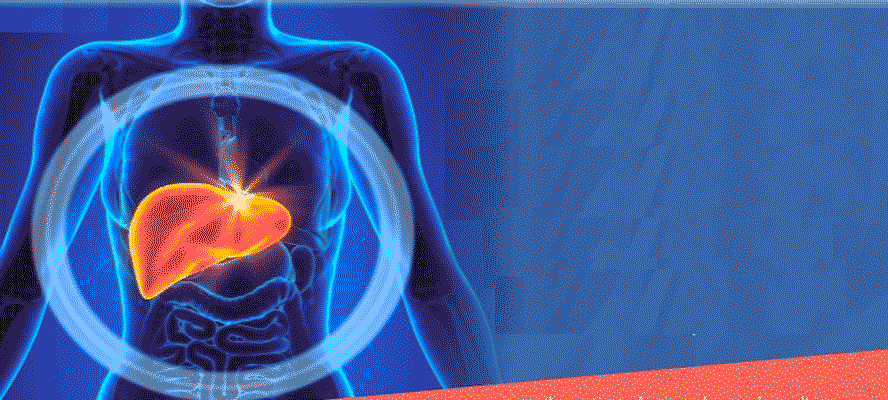An enzyme is truly a catalyst speeding up every reaction with its magical touch. Our body relies entirely on enzymes for its chemical reactions. At times, these catalysts aid us by playing the role of an indicator. Thus, indicating the dysfunction of body’s largest and most vital organ- Liver, makes it worth to redefine these enzymes as lifesaver. Detection of any change in liver enzyme levels is crucial in assessing the liver disorders. As liver performs numerous functions, no single test is sufficient to estimate its function; this account for several parameters to diagnose various liver disorders.








